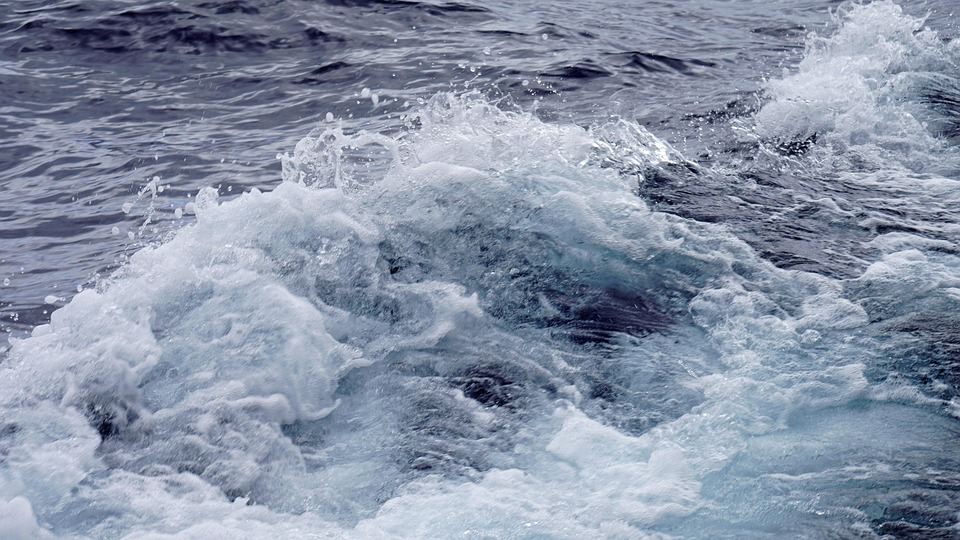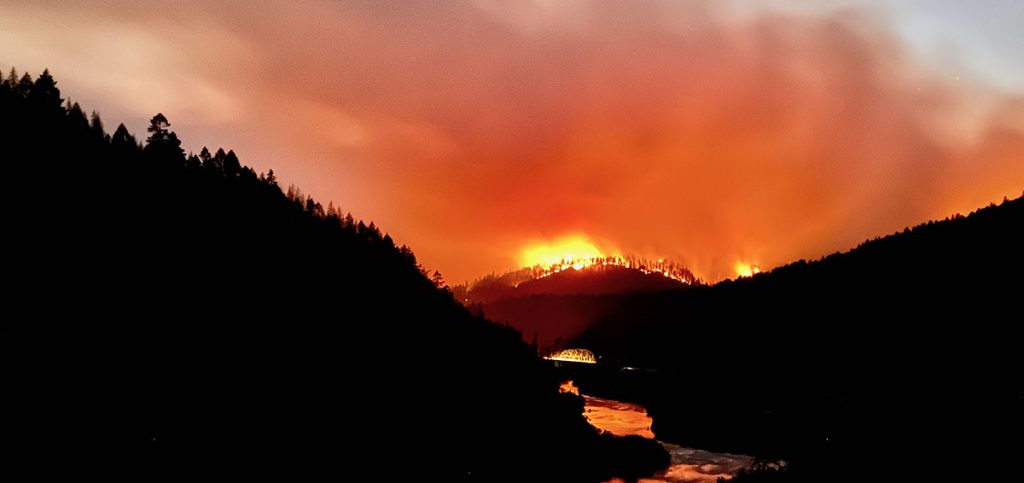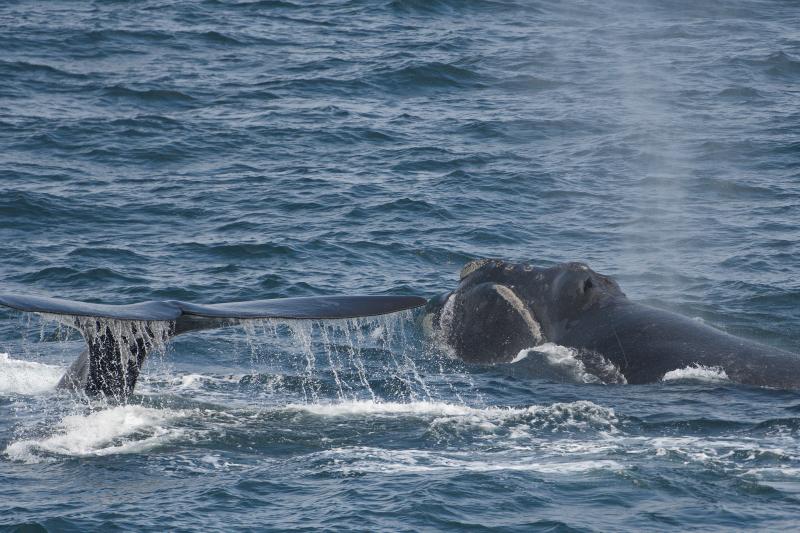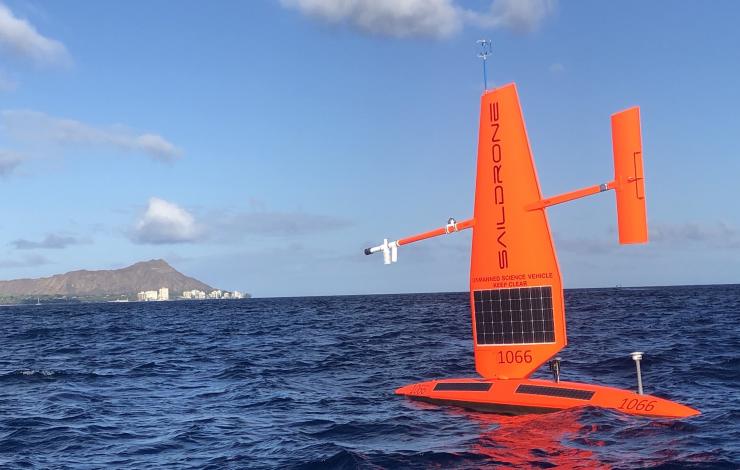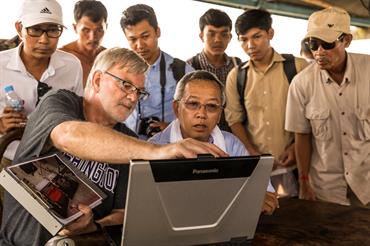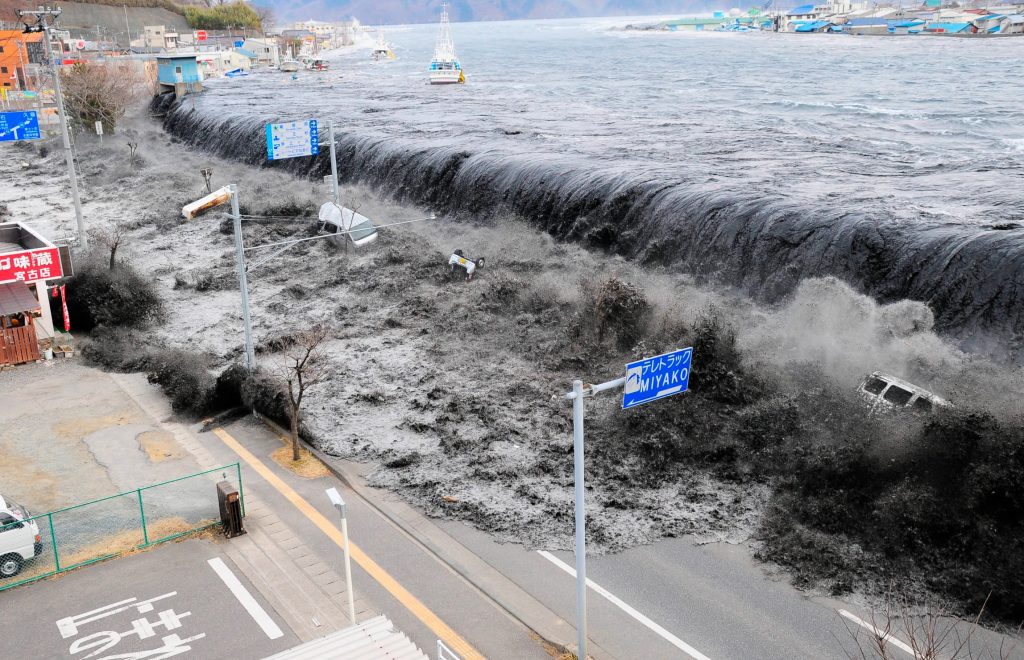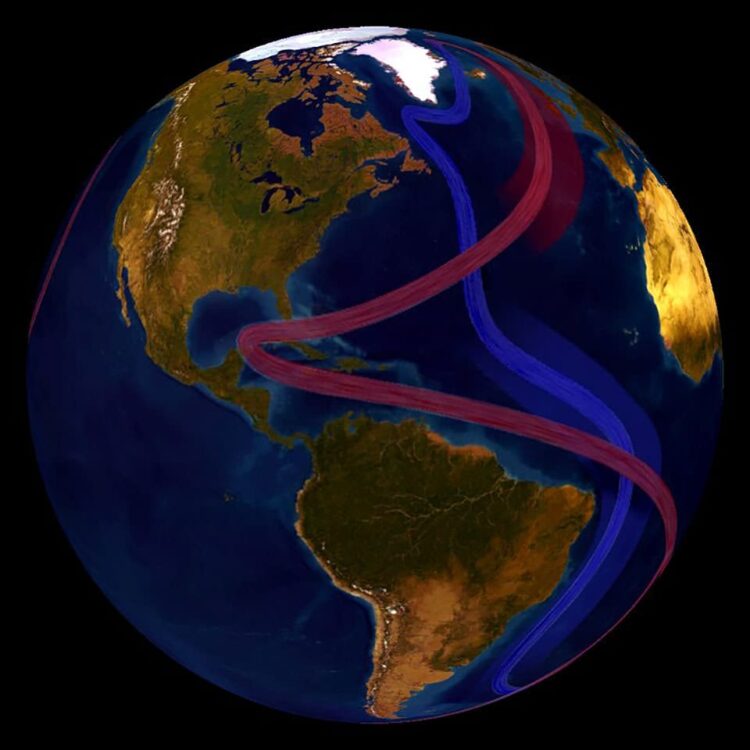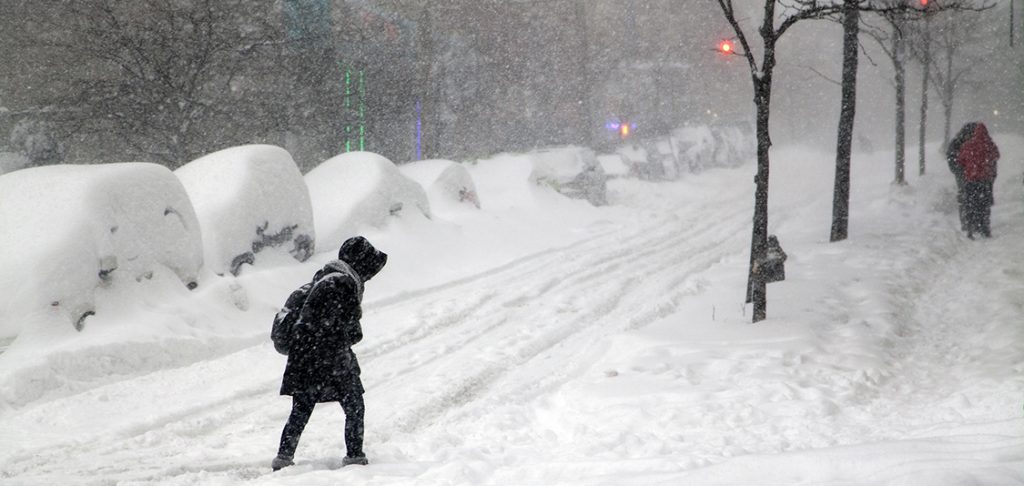All-Hands Meeting
During the CICOES All-Hands Meeting on June 24, 2025, researchers from across the CICOES community presented about ongoing projects, recently completed work, or their next big ideas.
Read moreAtlantic Ocean current expected to undergo limited weakening with climate change, study finds
By Lauren Kirschman, UW News
The Atlantic Meridional Overturning Circulation, or AMOC, is a system of ocean currents that plays a crucial role in regulating Earth’s climate by transporting heat from the Southern to Northern Hemisphere.
The Pacific Ocean’s balancing act: A global collaboration to understand the carbon cycle
By Joe Selmont, CICOES
Each year, the ocean and atmosphere exchange billions of tons of carbon dioxide (CO₂).
Nightfall no longer offers a reliable reprieve for western US firefighters
By Theo Stein, NOAA Research
For decades, firefighting crews counted on falling temperatures and rising humidity at night to dampen wildfire activity, allowing them to rest, regroup and prepare for the next day.
Underwater sound recordings confirm endangered North Pacific right whales use of historic habitats
By NOAA Alaska Fisheries Science Center
To locate endangered North Pacific right whales, scientists listen for their calls in Alaskan waters believed to be a part of their historical feeding grounds.
Uncrewed surface vehicles offer the key to new frontiers in ocean science
By Theo Stein, NOAA
The global ocean covers 71% of the planet. Across these vast spaces, interactions between the ocean and atmosphere are primary drivers of Earth’s weather, climate and marine productivity.
Smart fisheries: Near-real-time acoustic monitoring for sustainable management
Watch CICOES Director John Horne on the International Council for the Exploration of the Sea’s web series Hidden Gems.
Watch on YouTubeSafeguarding U.S. Coastlines: Tsunami Research Protects Lives and Economies
Tsunamis pose a serious threat to U.S. coastal communities, but decades of research and innovation are turning the tide on preparedness.
Read moreQ&A: How rate of CO2 rise can affect a global ocean current
By Hannah Hickey, UW News
As we burn fossil fuels, the amount of carbon dioxide in Earth’s atmosphere is gradually rising, and with it, the planet’s average temperature.
Improving Prediction of Arctic Outbreaks Across the Northern Hemisphere
By Theo Stein, NOAA
New research on the Arctic confirms that even as the Arctic is warming faster than the rest of the world, cold-air outbreaks from the polar region will continue across the Northern Hemisphere in the coming decades.


